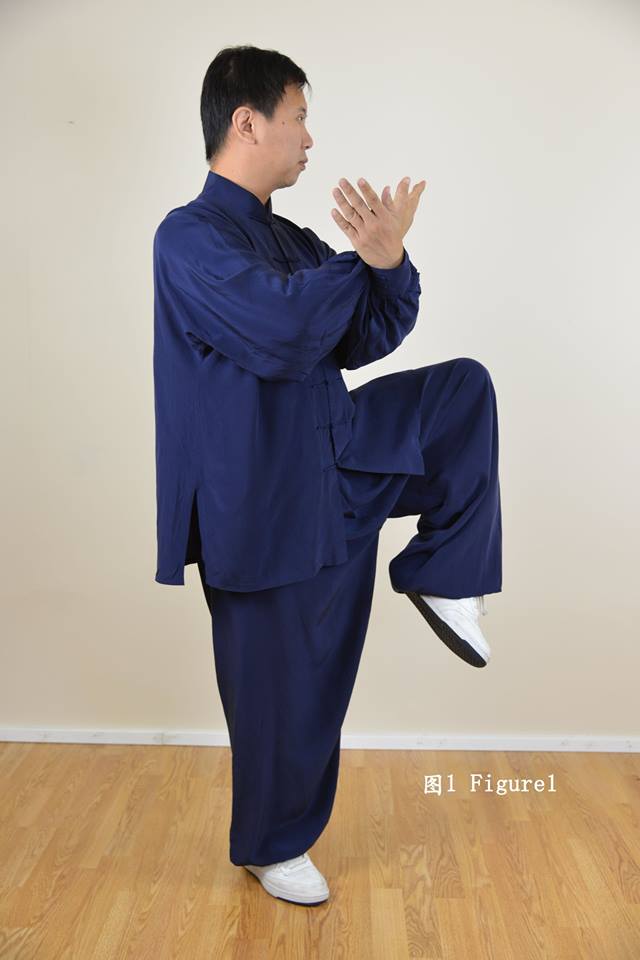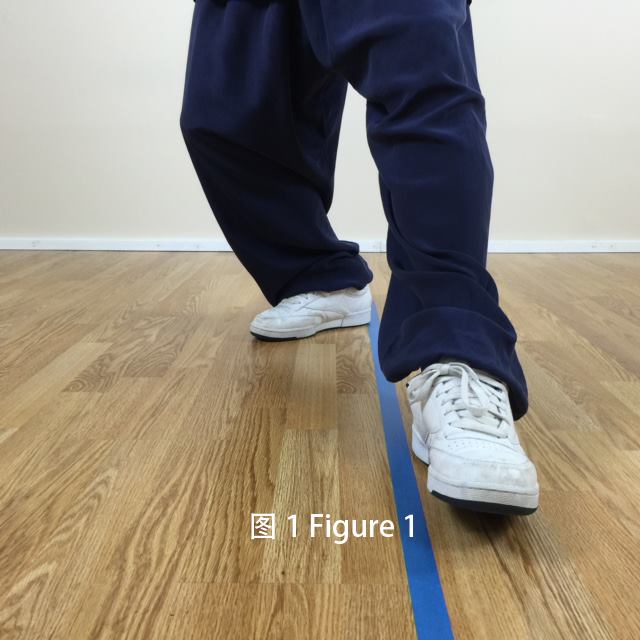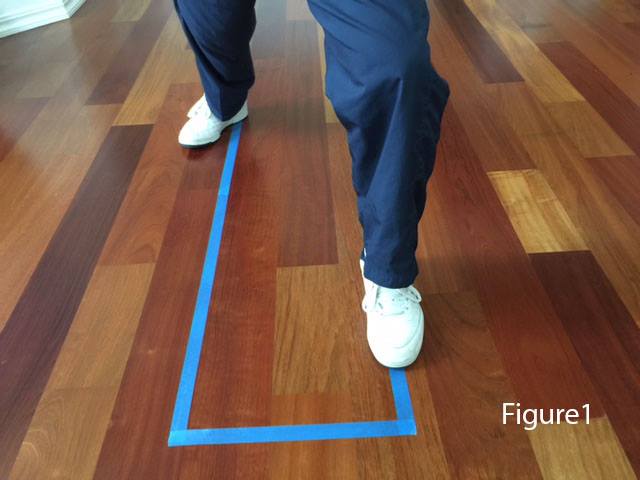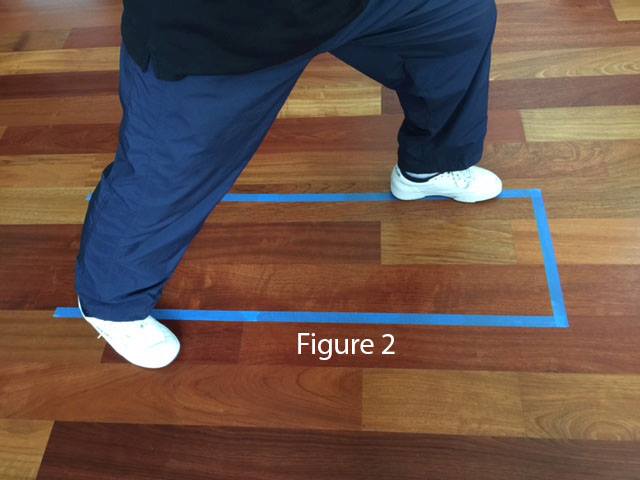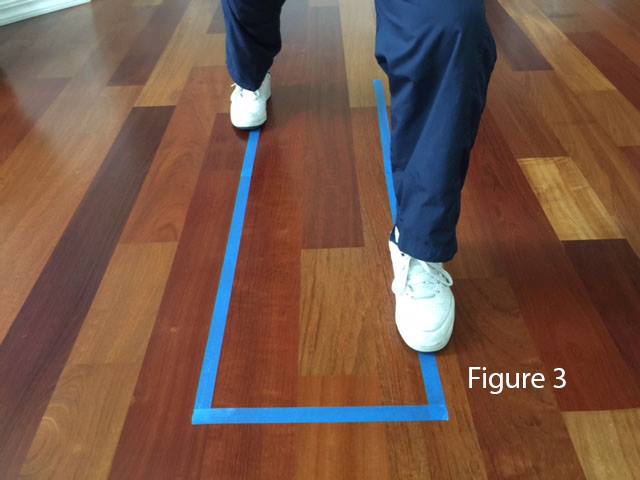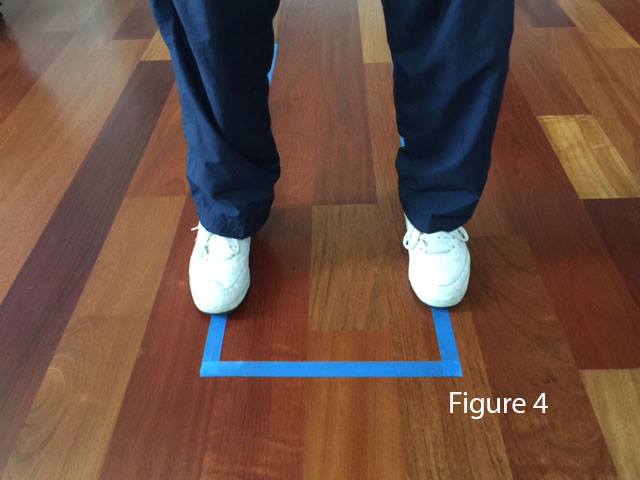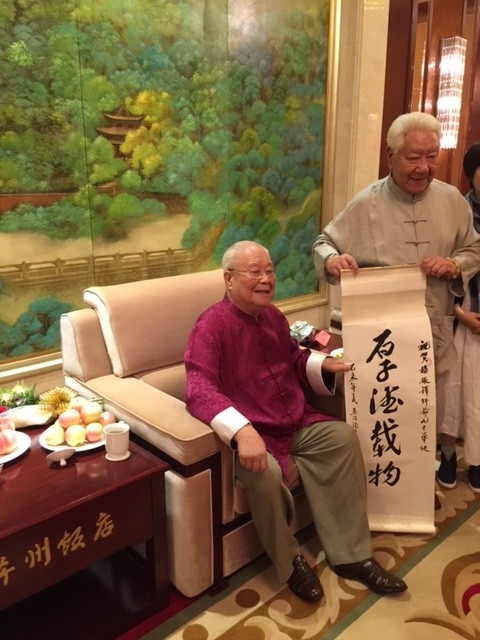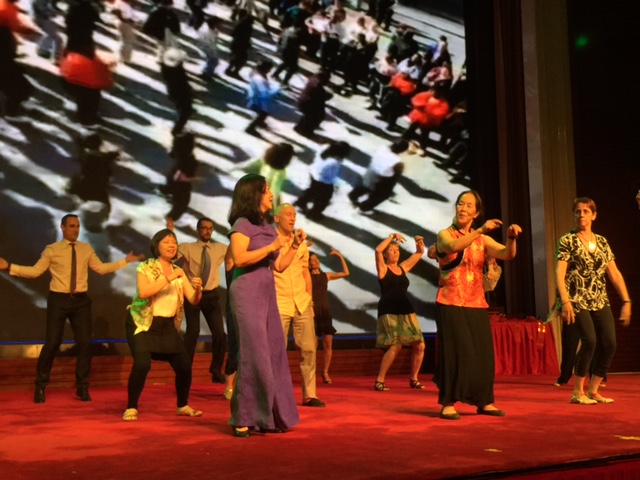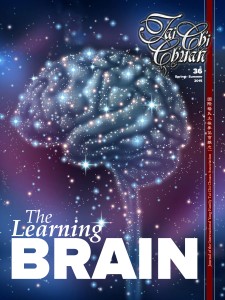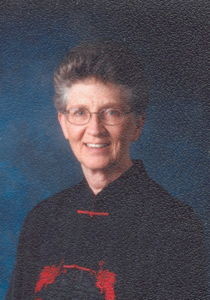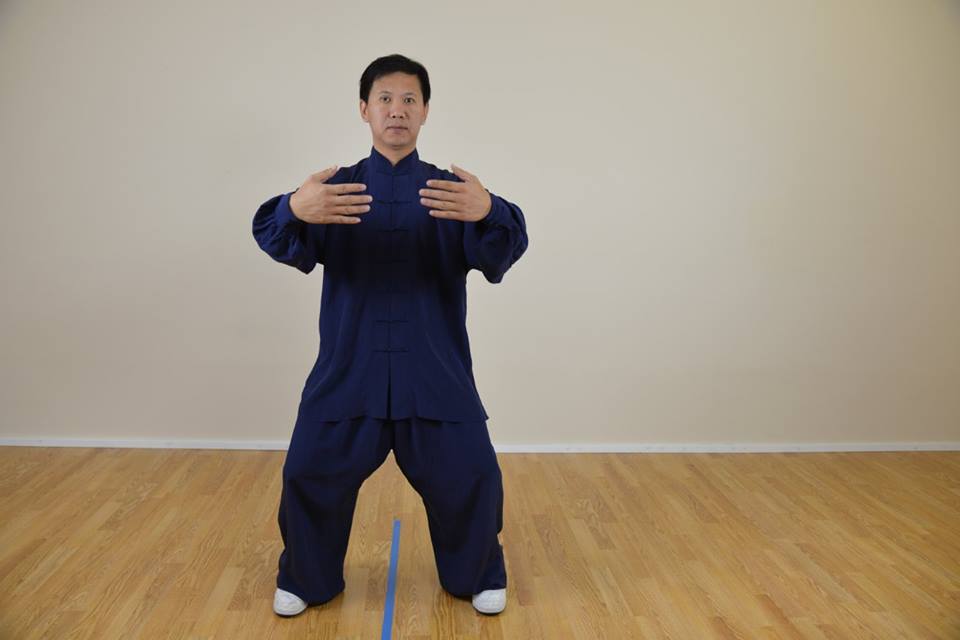 It is very clearly stated in the Ten Essentials of Tai Chi Chuan:should lift the head, sink the chest and pull up the back, sink the shoulders and drop the elbows, drop the hip and relax the waist. Meanwhile, center the tailbone.
It is very clearly stated in the Ten Essentials of Tai Chi Chuan:should lift the head, sink the chest and pull up the back, sink the shoulders and drop the elbows, drop the hip and relax the waist. Meanwhile, center the tailbone.
• In order to lift the head, slightly tuck in your chin while pushing up from the inside.
• To sink the chest and pull up the back, think of slightly absorbing the chest inward which expands the back, making it slightly rounded.
• To sink the shoulders and drop the elbows, simply relax the shoulders down and droop the elbows.
• To relax the waist and open the kua, tuck in the tail bone slightly.
To center the tailbone is often explained as keeping the tail bone in line with a straight line between the Baihui and Huiyin. Actually, you should find the center from your footwork. When using footwork in which the toes of both feet are pointed straight forward, Preparation or Cross Hands are examples, the tail bone is in the center between the two feet. Or, when the feet point to different directions, Bow Stance or Empty Stance are examples, think that the front foot is standing on a line pointing in the forward direction and the back foot is on a parallel line with the toes turned 45 degrees from that forward direction. Find the midpoint between the two parallel lines.
After you have met all of these requirements you will feel four directions pulling your back: up, down, left and right. Use the relaxation method and the correct body shape described above to unify the whole body and keep the Qi sinking down, the breath calm. The upper body will then be light, the middle body flexible and the lower body sinking down and heavy.

